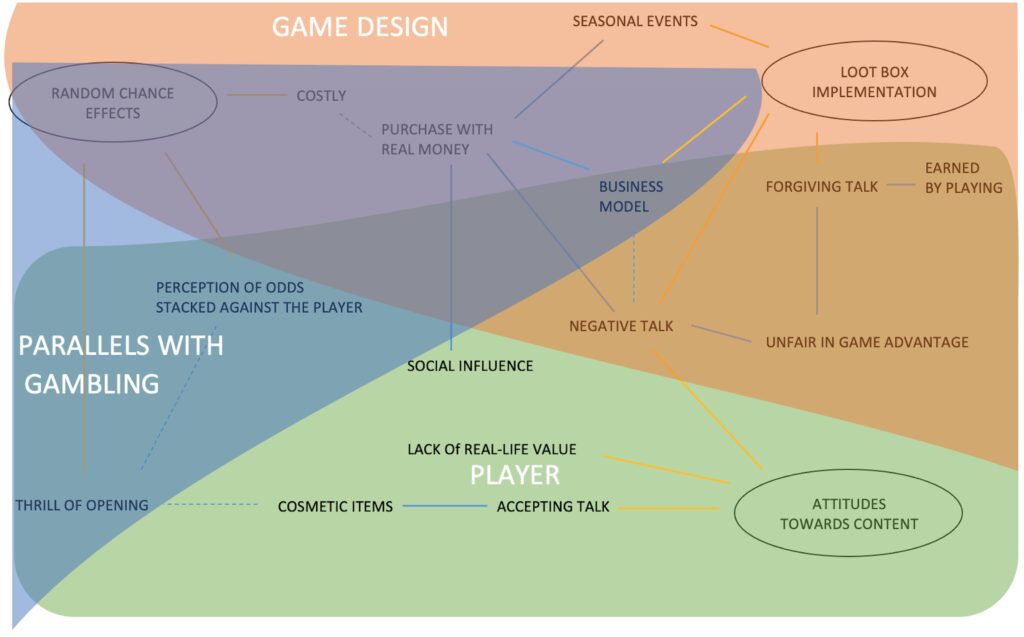Game design influences player engagement beyond just aesthetics. Mechanics are essential for creating a game that is challenging and enjoyable without being too easy or too difficult. Storytelling is what makes a game memorable and can draw players in, even if the mechanics aren’t groundbreaking. Art and sound design can influence how players feel in-game, create atmosphere and tension, and affect player engagement. By carefully crafting each of these elements, game designers can create games that are emotionally impactful and truly memorable. Player engagement is one of the most important aspects of game design.
Beyond aesthetics: How game design influences player engagement
Introduction
If you’ve ever played a video game, chances are you know the familiar feeling of becoming completely engrossed in a virtual world for hours on end. This phenomenon of player engagement is what game designers strive to achieve with their creations. But what makes players feel invested in a game beyond just its aesthetics? In this article, we’ll explore the many ways that game design influences player engagement, from mechanics to storytelling.
Mechanics
At the core of any game design is the mechanics, or the rules and systems that govern how the game is played. Good mechanics are essential for creating a game that is both challenging and enjoyable for players. If a game is too easy, it can quickly become boring, but if it’s too difficult, players may become frustrated and give up altogether.
Game mechanics can also create a sense of immersion for players. For example, the game mechanics in a racing game can mimic the physics of driving a car, making the player feel like they’re actually behind the wheel. This sense of immersion can bring players back to a game again and again, even if they’ve already beaten it.
Storytelling
While mechanics are crucial to gameplay, storytelling is what can truly make a game memorable. A well-crafted story can draw players in and keep them invested in the game, even if the mechanics aren’t particularly groundbreaking.
Storytelling in games can take many forms, from fully-voiced cutscenes to text-based dialogue. In some games, the story may even be left mostly up to the player, with their choices affecting the outcome of the game. This type of storytelling can create a deep sense of immersion and investment for players, as they feel like they’re truly in control of the story.
Art and Sound Design
While mechanics and storytelling can have a big impact on player engagement, it’s also important not to overlook the importance of art and sound design. These elements may not directly affect how the game is played, but they can greatly influence how players feel while playing.
Art design can create a sense of atmosphere and mood in a game. For example, a game with dark, moody environments can create a feeling of tension and anticipation in players. Similarly, sound design can greatly affect how players feel while playing a game. A game with an epic soundtrack can make players feel invincible, while a game with eerie, haunting sounds can create a sense of unease.
Conclusion
Player engagement is one of the most important aspects of game design. While aesthetics may be what initially attracts players to a game, it’s the mechanics, storytelling, and art and sound design that will keep them invested for hours on end. By carefully crafting each of these elements, game designers can create games that are not only challenging, but also emotionally impactful and truly memorable.
